Description
What is a Built-in Antenna LTE 4G FPC Omni Dipole Antenna?
The Built-in Antenna LTE 4G FPC Omni Dipole Antenna comes CTRF-ANTENNA-FPC-7027-5512-IPEX with 55x12mm FPCB size 3/5dbi gain, RG 1.13 cable connector, U.FL IPEX antenna manufactured by C&T RF Antennas Inc.
Item Model: CTRF-ANTENNA-FPC-7027-5512-IPEX
The Built-in Antenna LTE 4G FPC Omni Dipole Antenna is used for the 4G LTE application.
Built-in Antenna LTE 4G FPC Omni Dipole Antenna Is Available At C&T RF Antennas Inc.
C&T RF Antennas Inc provides internal & external antennas with antenna radio frequencies such as NFC, 169MHz, 230MHz, 315MHz, 433MHz, 868MHz, 915MHz, VHF&UHF, Lora, NB-IoT, ADS-B, GSM, GNSS, GPRS, 1.2 GHz, 1.4 GHz, 1.8 GHz, Wi-Fi 2.4 GHz, 5.8 GHz, Cellular 2G, 3G, 3.5 GHz, 4G LTE, GPS, 5G NR, 6G, etc.
C&T RF Antennas Inc. provides RF antennae with Omni & Directional antenna types such as Dipole Antennas, Whip Antennas, Marine Antennas, Router Antennas, MIMO Antennas, Combo Antennas, PCB Antennas, FPC Antennas, Spring Antennas, Magnetic Antennas, Sector Antennas, Yagi Antennas, and Accessories, etc, for IoT & M2M industries.
Contact Us For the Built-in Antenna LTE 4G FPC Omni Dipole Antenna Inventory, Built-in Antenna LTE 4G FPC Omni Dipole Antenna Pricing, Built-in Antenna LTE 4G FPC Omni Dipole Antenna Datasheets.
Antenna Design
C&T RF Antennas Inc.’s antennas are designed for a wide array of applications. Whether the antenna is embedded, internal, external, or outdoor, C&T RF Antennas Inc. uses its worldwide manufacturing capabilities to provide state-of-the-art antenna technology.
The C&T RF Antennas Inc.’s Antenna Design team helps customers select the best antenna for their applications.
Built-in Antenna Functions
Our wide array of antenna applications is the Internet of Things, Machine to Machine, Industrial, Automotive, Lighting, Narrow Band Internet of Things, Payment Terminals, Fleet and asset Tracking, Satellite Communications, Near Field Communications, Smart Meters, DSRC / V2X, Security, Agriculture, Gateway Routers, Consumer Devices, Medical, Smart Home, Smart City, etc.
Built-in Antenna LTE 4G FPC Omni Dipole Antenna Specifications:
Built-in Antenna LTE 4G FPC Omni Dipole Antenna Electrical Specifications |
|
| RF Antenna Type | Embedded FPC Antenna |
| Model | CTRF-ANTENNA-FPC-7027-5512-IPEX |
| Frequency | 700-960MHz, 1710-2700MHz |
| Gain | 3dBi/5dBi |
| VSWR | ≤2.0 |
| Impedance | 50 Ω |
| Polarization | Vertical/Linear |
| Cable Type | RG1.13 |
| Connector | U.FL/IPEX |
| Cable Length | 130mm |
| Lightning Protection | DC-Ground |
Built-in Antenna LTE 4G FPC Omni Dipole Antenna Mechanical Specifications |
|
| FPC Board Dimension | 55x12mm |
| Weight | Approx. 4g |
| Material | FPCB + RG Cable + U.FL connector |
| Operation Temperature | -40˚C~+85˚C |
| Storage Temperature | -40˚C~+85˚C |
| Color | Black |
| Antenna Design | Dipole Array |
| Mounting | Connector/Peel-and-Stick |
| Safety, Emission, and other | RoHS Compliant |
| Applications | ISM/SCADA/Utilities, IoT/M2M/NB-IoT/LoRa, 2G 3G 4G LTE/LTE-IoT, GSM GPRS UMTS, etc. |
Built-in Antenna LTE 4G FPC Omni Dipole Antenna Features
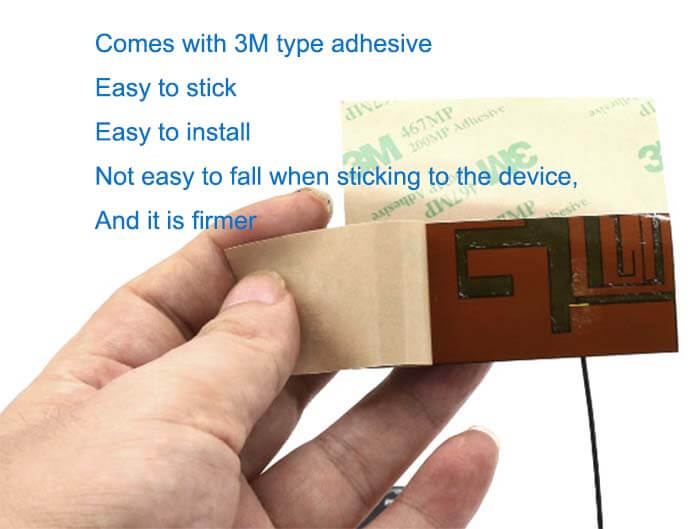
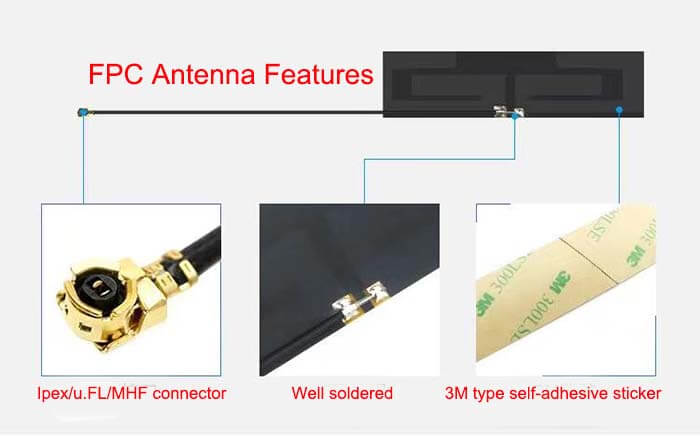

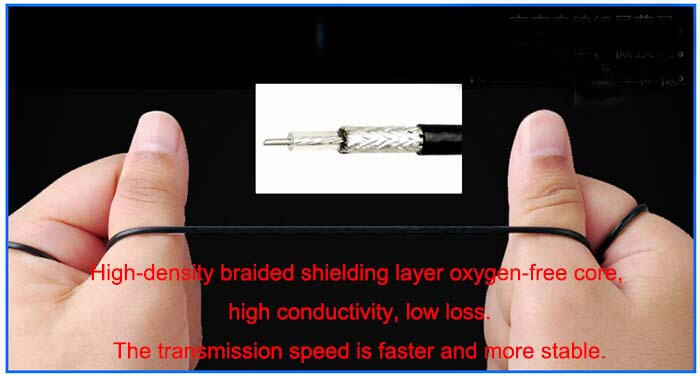

RF Antenna Applications
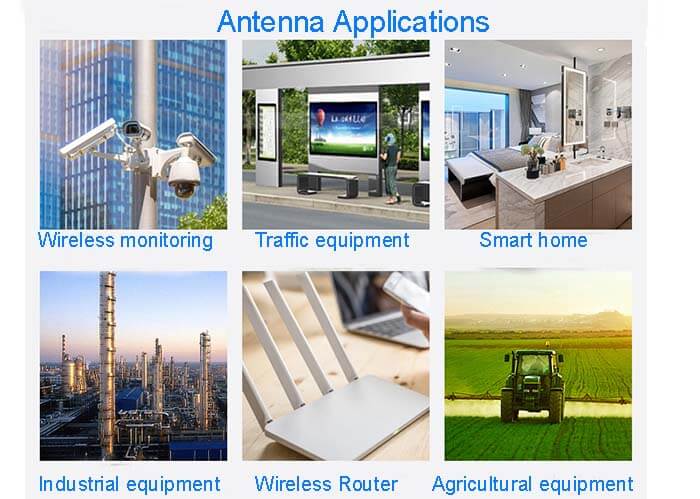
What is LTE-Advanced technology?
LTE-Advanced is an upgraded version of LTE technology, so why can both standards become 4G standards?
The official name of LTE-Advanced is Further Advancements for E-UTRA, which meets the requirements of ITU-R’s IMT-Advanced technology solicitation and is an important source for 3GPP to form European IMT-Advanced technical proposals.
LTE-Advanced is a backward-compatible technology, fully compatible with LTE, is an evolution rather than a revolution, and is equivalent to the relationship between HSPA and WCDMA.
The relevant features of LTE-Advanced are as follows:
Bandwidth: 100MHz
Peak rate: Downlink 1 Gbps, uplink 500 Mbps
Peak spectrum efficiency: Downlink 30bps/Hz, uplink 15bps/Hz
Optimized for an indoor environment
Effectively support new frequency bands and large bandwidth applications
The peak rate is greatly improved, and the spectral efficiency is limited.
If strictly speaking, LTE is a 3.9G mobile Internet technology, then LTE-Advanced as a 4G standard is more accurate.
The finalists for LTE-Advanced include TDD and FDD. TD-SCDMA will be able to evolve to TDD, and WCDMA networks will be able to evolve to FDD.
The mobile-led TD-SCDMA network expects to bypass the HSPA+ network and directly enter LTE.



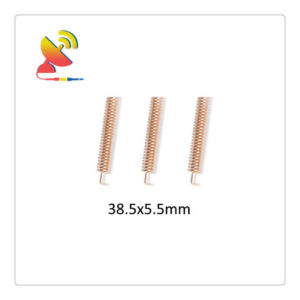
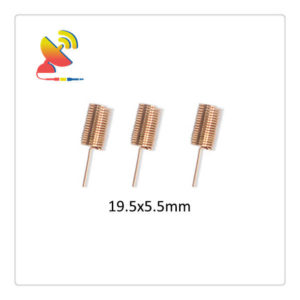
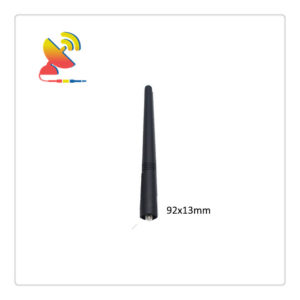
Reviews
There are no reviews yet.